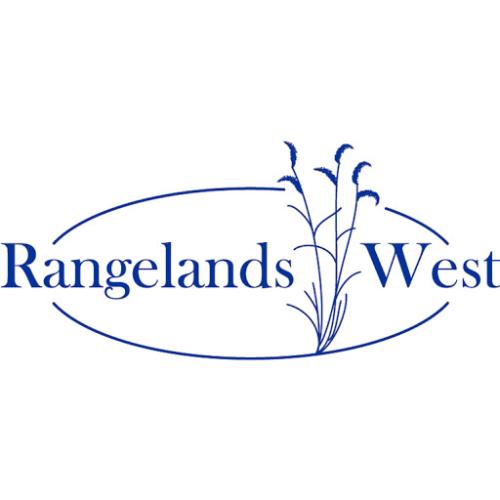Reading about the western weed problem, one cannot escape the sense of urgency.  Dire warnings pervade the scientific literature, popular press, government  publications, and congressional hearings.331 A botanist, among the most knowledgeable on the western weeds problem, admitted that he was “scared to death.â€332“I think that we have weeds on the scene now that we aren’t going to be able to contain,†Dr. Stephen Monsen warned.  “I think we have a window of time right now.  We may be able to prevent these weeds that are displacing cheatgass.â€333 That was six years ago. Monsen recommended taking weedy lands out of livestock production and either “aggressively†replanting and restoring native vegetation or allowing natural recovery, depending on range condition.334 The latter, he advised, is  “‘the best way to allow [the lands] to heal, and it’s the cheapest thing for us to do.’â€335 His proposed treatment addresses the causes of the disease whereas the BLM treats only the symptoms and only on some lands.336 Faced with a metastasizing cancer, the BLM rejects the best and cheapest antidote and falls back on palliatives that are expensive and environmentally risky but politically expedient.337 The law requires that public land goods and services be produced sustainably, in perpetuity, and in the combination that will best meet the needs of the American people.338 Weeds are capable of transforming entire ecosystems,  shutting off or reducing to a trickle future streams of ecosystem goods and services.  Management that promotes weeds contravenes the law. The BLM knows—all informed persons know—that livestock is a major cause of the weed problem.  We know that rangelands are deteriorating as grazing continues.  We also know that removing livestock would not cause range conditions to worsen.339 Granted, uncertainties remain—about thresholds, which lands have potential for natural recovery, how long recovery will take, etc. Nevertheless, every day brings better scientific understanding of the long-term, potentially irreversible impacts of weeds and livestock on arid and semiarid lands and more evidence that removing livestock is an essential part of the cure on these lands.  According to Monsen: “‘We know what we should be doing, but we don’t have the wherewithall [sic] to do it.’â€340 Unless that changes very soon, cheatgrass (and it virulent cousins) will win the west. 341(source conclusion)

Articles, citations, reports, websites, and multimedia resources focused on rangeland ecology, management, restoration, and other issues on American rangelands.